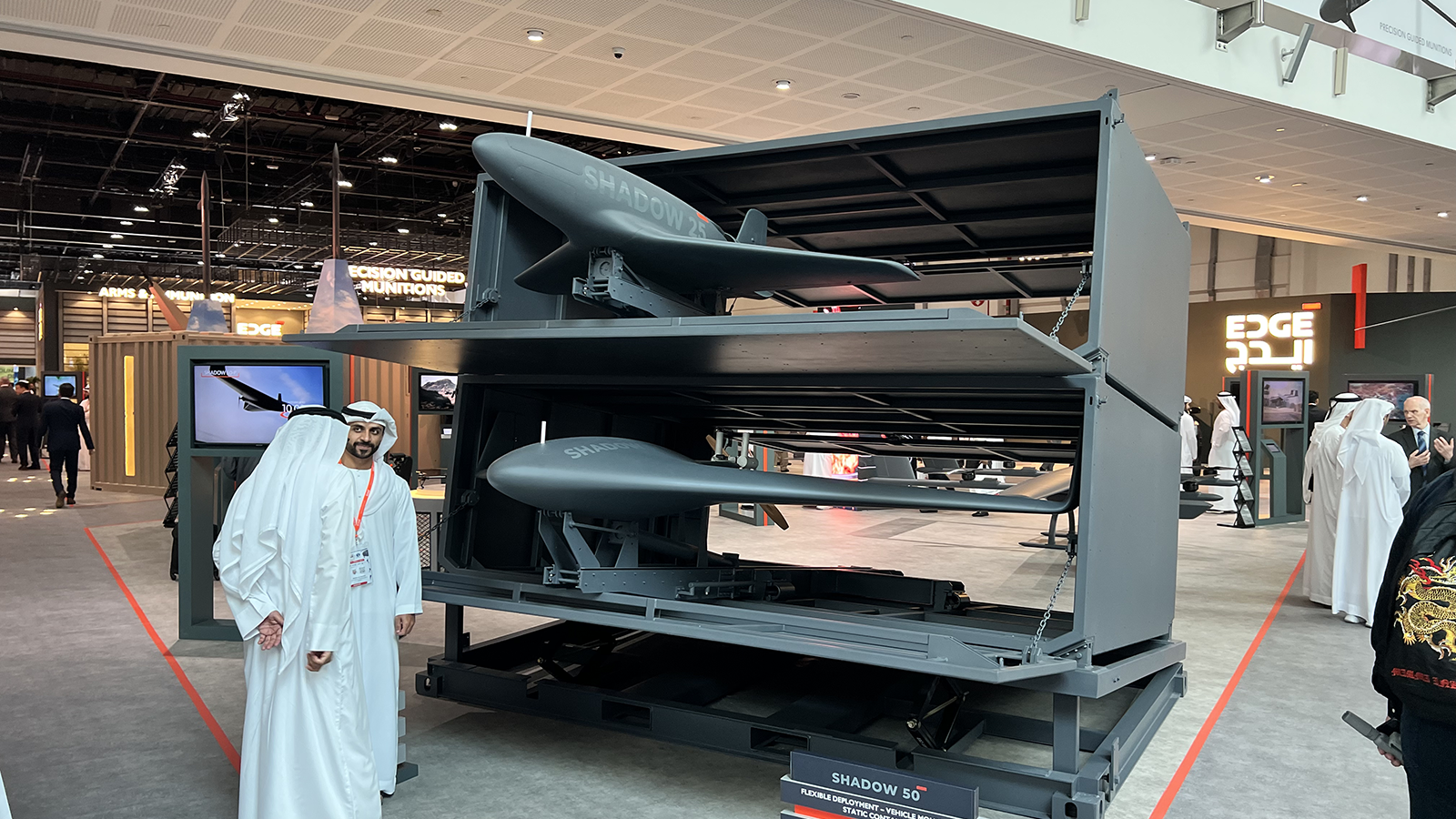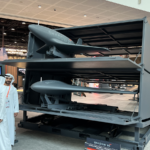Last year, a drone strike struck an oil facility just miles from GCC territory. As war drums beat louder in the Red Sea and Iranian proxies test the limits of Gulf patience, the old model of border security is no longer enough. In a region that once prided itself on stability, the threats we now face are faster, more unconventional, and increasingly airborne. The Gulf can no longer rely on fences, patrol boats, or assumptions of distance. It must dominate the skies, or be left vulnerable.
The next frontier of border security lies not on land or at sea, but in the air: AI-powered surveillance drones, capable of monitoring vast terrain and maritime corridors in real time. These systems aren’t science fiction. They are a strategic necessity.
Eyes That Never Blink
Modern surveillance drones can detect heat signatures, track movement across kilometers of open terrain, and relay intelligence to command centers in real time. Unlike human patrols, they don’t sleep, fatigue, or require rotation. Deployed in swarms, they can cover coastlines, mountains, and desert expanses simultaneously, offering a level of persistent monitoring that traditional forces cannot match.
For the Gulf Cooperation Council, this isn’t a luxury. It’s an imperative. Our maritime borders are not just symbolic lines, they are economic lifelines. From shipping routes and undersea cables to oil terminals and military installations, the waters of the Gulf are arteries of global trade. And they are increasingly at risk from sabotage, smuggling, and conflict spillover.
Imagine a real-time drone grid patrolling the Strait of Hormuz or monitoring the Empty Quarter. Every unauthorized vessel, every heat anomaly, every abnormal movement; flagged, tracked, and responded to within minutes. That is the power of autonomous aerial surveillance.
Lessons from the World’s Hot Zones
This isn’t uncharted territory. The United States has used MQ-9 Reaper drones for over a decade to secure its southern border, reducing the need for constant human patrols while boosting early threat detection. Israel has long relied on Heron UAVs to monitor its volatile borders with Gaza and Lebanon, giving commanders round-the-clock intelligence in conflict zones.
Even smaller nations are adapting. Estonia uses compact UAVs to monitor its dense, forested frontier with Russia. India has deployed Israeli-made drones to cover its treacherous Himalayan borders with China and Pakistan; terrain far too rugged for human patrols to cover effectively.
If they can do it, so can we, and at greater scale.
A Border No Human Can Patrol
Nowhere is this technology more urgently needed than along the GCC’s southern edge. The remote terrain shared by Saudi Arabia, Yemen, and Oman is a smuggler’s dream: jagged cliffs, empty deserts, and minimal patrol infrastructure. It’s also increasingly targeted by drug traffickers, weapons smugglers, and militant networks operating under cover of darkness.
Conventional surveillance in such terrain is not only inefficient but impossible. Drones aren’t bound by roads, terrain, or time. With thermal imaging and AI-assisted detection, they can spot intrusions that human eyes would never see, and do it 24 hours a day.
And it’s not just about stopping threats. If a vessel goes missing at sea or a truck breaks down deep in the interior, drones can be the first to locate and assess. Surveillance is not just a military asset but it’s a humanitarian one.
Time for the Gulf to Lead
The Gulf has never lacked ambition. We are building smart cities, launching Mars missions, and investing billions into artificial intelligence and robotics. But our investment in defense innovation has lagged behind, focused more on procurement than indigenous capability. That must change.
Concerns about airspace sovereignty, data privacy, and cybersecurity are valid, but solvable. The GCC already oversees complex air traffic systems, regulates AI infrastructure, and is investing heavily in digital sovereignty. The regulatory foundation exists. So does the infrastructure.
What’s missing is political will, regional coordination, and a clear doctrine for 21st-century border security.
Don’t Wait for the Next Breach
The drone era is here. Our adversaries know it. Our partners have embraced it. The Gulf cannot afford to be a passive observer while others master the skies above us. Drones don’t just watch, they deter. They respond. And in a region where the line between peace and chaos is often razor-thin, they may be the difference between prevention and regret.
The Gulf must act now; not out of fear, but out of foresight. Our security has always been hard-earned. It’s time to defend it with tools built for this century, not the last.


Leave a Reply